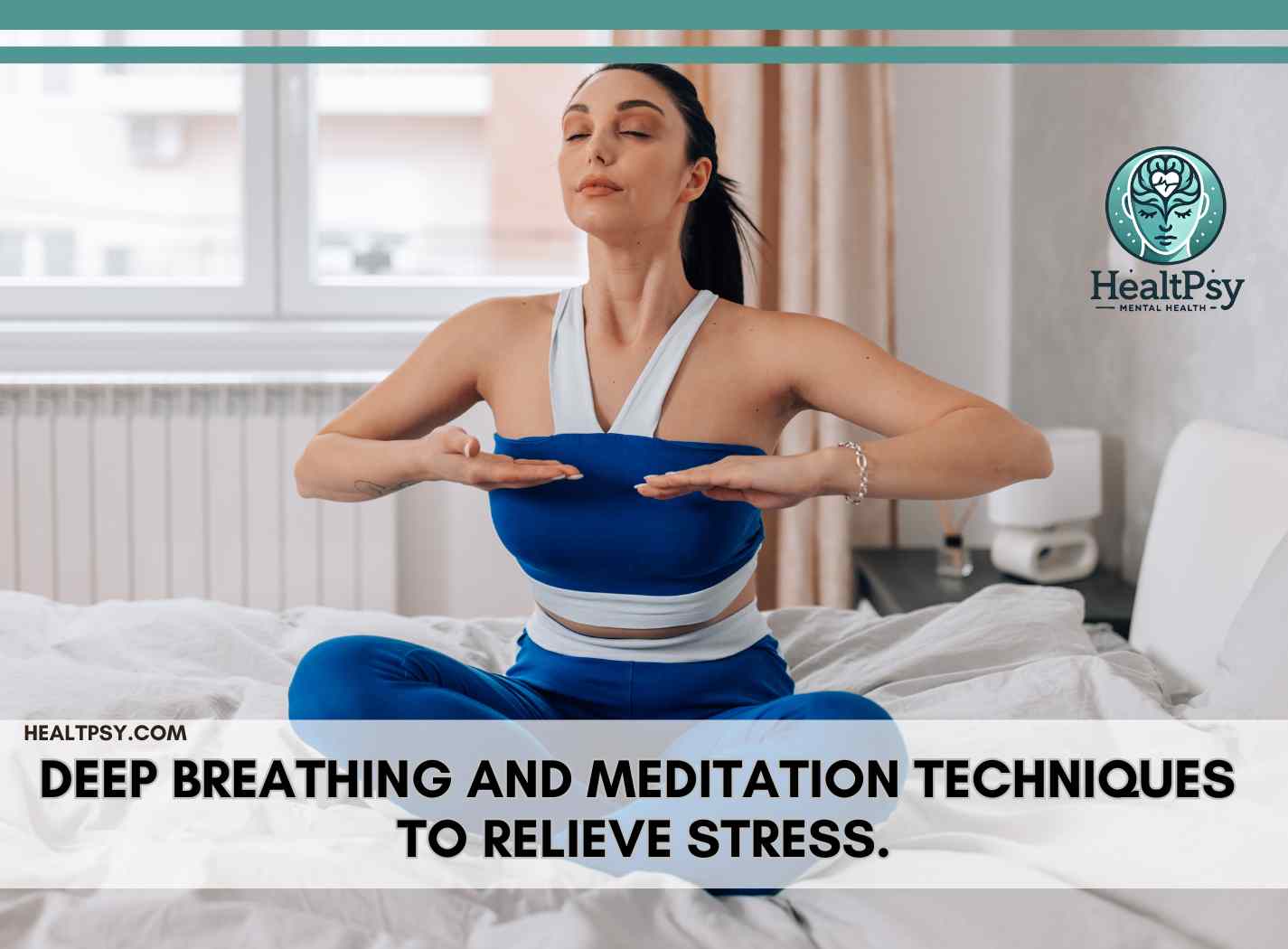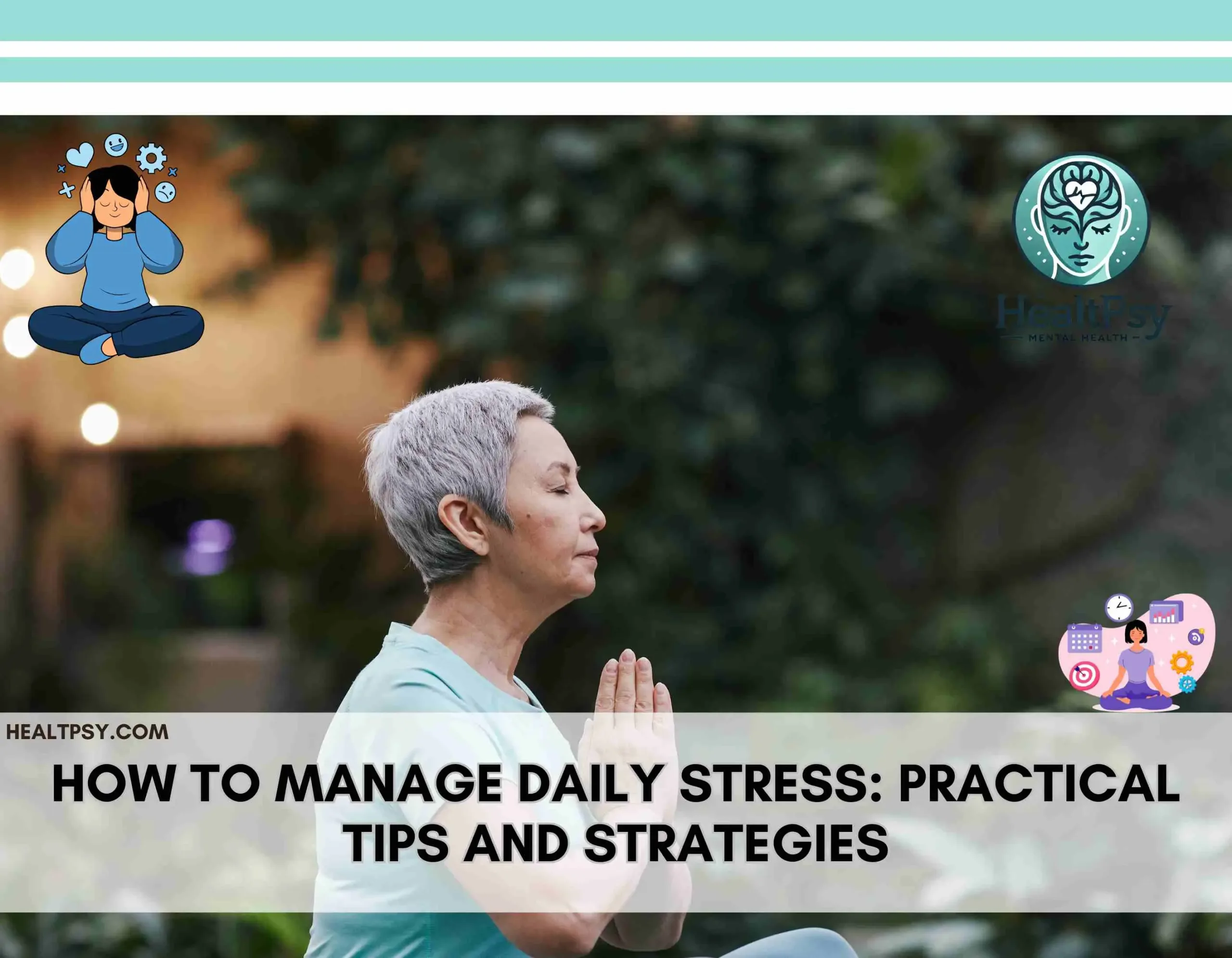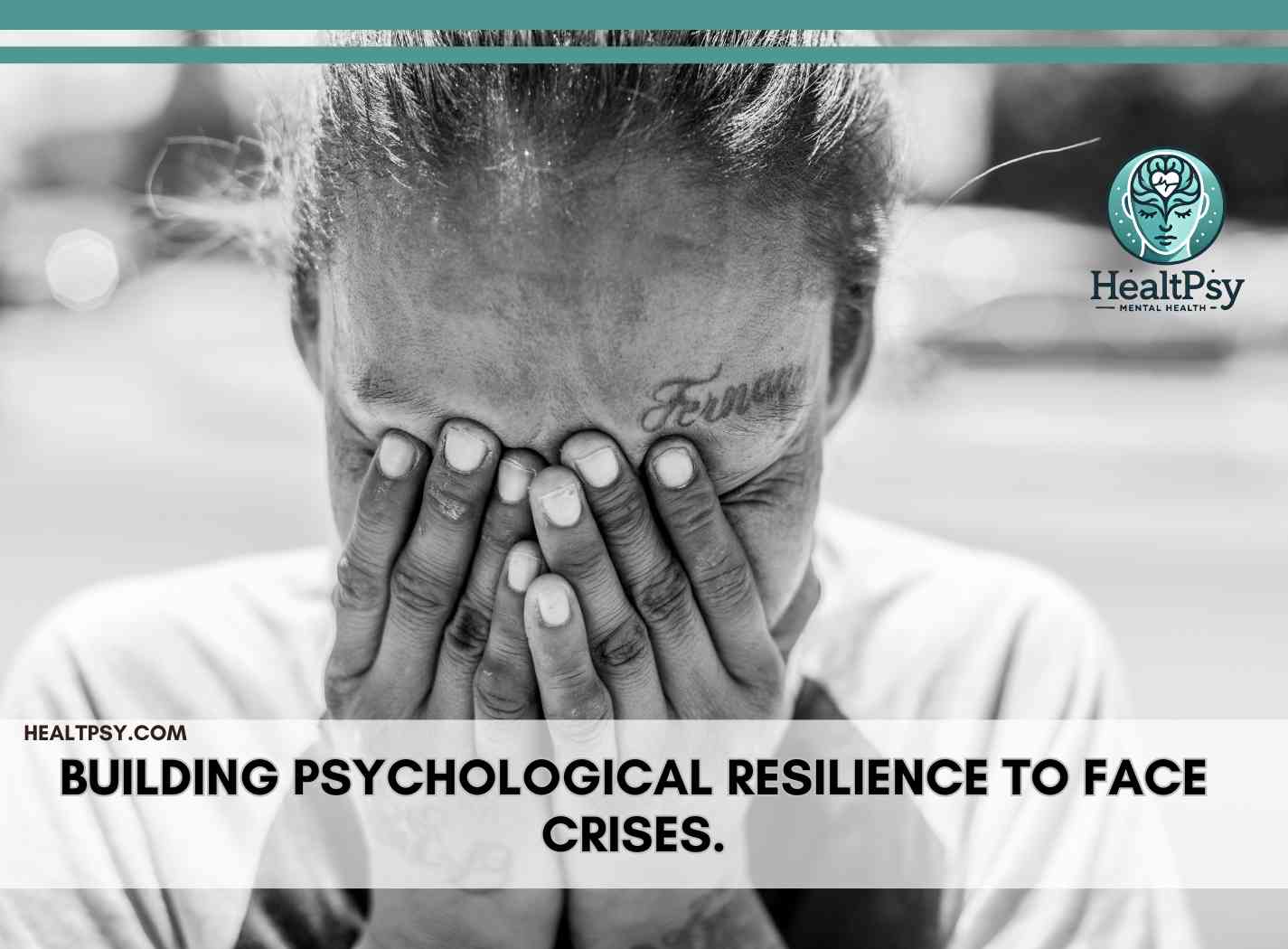Effective Deep Breathing and Meditation 5Techniques to Relieve Stress
Introduction
Why Deep Breathing and Meditation Techniques Work
The combination of deep breathing and meditation techniques helps activate the parasympathetic nervous system, promoting relaxation and reducing cortisol levels. These practices also improve emotional regulation, mental clarity, and physical health, making them indispensable for stress relief.
Top Deep Breathing Techniques to Relieve Stress
1. Diaphragmatic Breathing
This technique, also known as belly breathing, focuses on engaging the diaphragm to achieve full oxygen exchange.
- How to practice: Place one hand on your chest and the other on your abdomen. Inhale deeply through your nose, letting your abdomen rise. Exhale slowly through your mouth.
- Duration: 5–10 minutes daily.
2. 4-7-8 Breathing Technique
A simple yet powerful method developed by Dr. Andrew Weil, this technique calms the nervous system and reduces anxiety.
- How to practice: Inhale for 4 seconds, hold your breath for 7 seconds, and exhale slowly for 8 seconds. Repeat 4–5 cycles.
3. Alternate Nostril Breathing
This yogic practice balances the mind and body by alternating airflow between nostrils.
- How to practice: Close your right nostril with your thumb and inhale through the left nostril. Switch and exhale through the right nostril. Alternate for 5–10 minutes.
Effective Meditation Techniques for Stress Relief
4. Mindfulness Meditation
Mindfulness meditation focuses on the present moment without judgment, helping you build awareness and reduce overthinking.
- How to practice: Sit in a quiet space and focus on your breath or bodily sensations for 10–20 minutes daily.
5. Guided Meditation
Guided meditation uses instructions or visualizations led by an expert or a recording, making it ideal for beginners.
The Science Behind Deep Breathing and Meditation Techniques
Scientific studies have consistently shown that deep breathing and meditation techniques reduce cortisol levels, improve brain function, and enhance overall well-being. For example, a study published in JAMA Internal Medicine found that mindfulness meditation significantly lowers symptoms of anxiety and depression.
Practical Tips for Practicing Deep Breathing and Meditation
Incorporating deep breathing and meditation techniques into your daily routine doesn’t have to be overwhelming. By following these practical tips, you can create a sustainable and enjoyable practice that benefits both your mental and physical health.
- Start Small
If you’re new to deep breathing or meditation, begin with just 5–10 minutes a day. This manageable duration helps you ease into the practice without feeling overwhelmed. Over time, as you become more comfortable, you can gradually increase the duration to 20–30 minutes. Starting small also allows you to build confidence and establish a routine. - Consistency Matters
Regular practice is the key to experiencing the full benefits of deep breathing and meditation. Choose a specific time each day, such as early morning or before bedtime, to make it a consistent habit. Treat this time as a non-negotiable appointment with yourself, ensuring that you prioritize your well-being. - Create a Comfortable Space
Dedicate a quiet and clutter-free area in your home for your practice. Adding elements like a comfortable cushion, calming scents, or soothing music can enhance the experience. This designated space acts as a mental cue, helping you transition into a state of relaxation more easily. - Use Technology
Leverage apps and online resources to guide your practice. Platforms like Headspace and Calm offer a variety of guided meditations and breathing exercises tailored to different needs. These tools can be especially helpful for beginners who might struggle with focus or need additional guidance. - Be Patient with Yourself
It’s normal for your mind to wander, especially in the beginning. Instead of criticizing yourself, gently bring your focus back to your breath or meditation. Remember, progress takes time, and each session is a step toward greater mindfulness and stress relief.
By following these tips, you can establish a fulfilling practice that fits seamlessly into your lifestyle, helping you achieve a calmer and more focused state of mind.
Conclusion
Integrating these deep breathing and meditation techniques into your daily routine can transform how you manage stress and maintain emotional balance. With consistent practice, you can enjoy a calmer, healthier, and more focused life. Explore more tips and insights in our Managing Psychological Stress section.
you might also like





